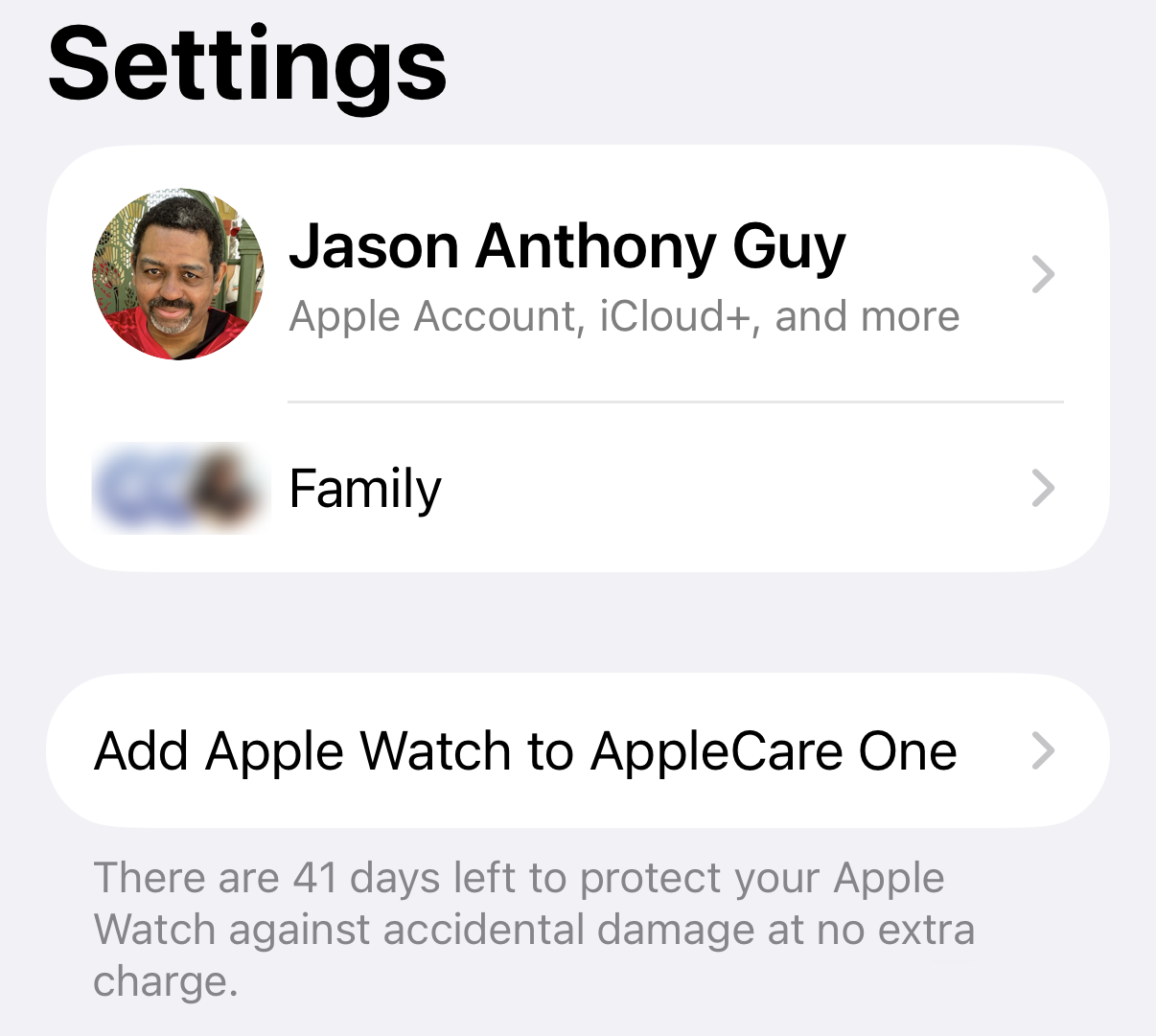Fast, private email that's just for you. Try Fastmail free for up to 30 days.
Trust Fail
Ben Sandofsky is a cofounder of Lux, maker of Halide and other fine iOS camera apps. He is technically savvy and, I think it’s fair to say, quite attuned to Apple. Earlier this week he posted on Mastodon:
Out of nowhere, I got a full screen ad for Apple Arcade on my Home Screen. My jaw dropped.
Apple pushing a full screen ad to the Home Screen? I was likewise astonished. His post garnered 31 comments, 109 boosts, and 170 favorites—most of them negative.
Five hours later, he posted a follow-up:
Update: this is not a pushed ad. It looks like a phantom tap on my Home Screen for some reason* went to Balatro on screen 2, which triggers the ad since my subscription lapsed.
*iOS 26
This important update received 2 comments, 6 boosts, and 20 favorites.
An hour later came a third follow-up, with a video reproducing the issue:
This took me more than a few tries, but there appears to be a short window after you tap an Apple Arcade game where you can still swipe springboard, before it shows the modal asking you to subscribe.
So one possibility is that I was quickly swiping screens, one tap landed as an “Open Balatro,” but I landed on a different screen before it showed up.
This post got just 4 comments, 5 boosts, and 1 favorite.
Two things struck me:
One: Eight times more people reacted to Sandofsky’s initial post about this “pushed” ad than saw his correction: 310 “engagements” for the initial post vs. 38 for the two follow-ups combined. Most of the responses were from people dunking on Apple for having the temerity to push a full screen ad to the Home Screen, even though—it turns out—Apple had done nothing of the sort. A lie can travel halfway around the world before the truth can get its boots on.
In quoting that oft-misattributed saying, I’m not calling Sandofsky a liar, to be clear—merely recognizing that a (mistaken) first impression often carries greater weight than any corrections. In fact, I applaud Sandofsky for following up to correct the record, going so far as to reproduce the issue to understand what may have happened (though I wish he would update his first post). Nor am I criticizing those who responded as they did—their reactions comported with their preconceptions of Apple.
Which brings me to my second point. Pushing an ad to your Home Screen would be a clear abuse of Apple’s privilege, yet people were not the least bit incredulous that it happened. The immediate reaction to Sandofsky’s post wasn’t Apple did what?! That’s not like them. It was Of course they did.
After all, it’s the same company that recently violated its own guidelines to push a movie promo to Apple Wallet, and which currently displays ads for AppleCare One in my Settings app and for Apple Card in my Wallet app. It wasn’t that great a leap to believe that Apple had again violated its customers’ trust—and the sanctity of their Home Screens—with an ad for one of its lesser-known services.


Ads for Apple products inside Apple’s products.
Apple’s philosophy has always been that you pay your money and you get a product that does what it says on the tin—or aluminum, I suppose. No upsell, no “Intel Inside” stickers, no ads in the menu bar. “We build products that we want for ourselves, too, and we just don’t want ads,” said Steve Jobs in 2011. “Our business model is very straightforward: We sell great products,” wrote Tim Cook in 2014.
Those quotes are from a different era of Apple and with different contexts (mail, privacy), but they feel instructive—Apple was the one company we could confidently say would always do right by its customers.
No more. Apple has so annihilated its brand goodwill, and abandoned its “beyond reproach” marketing high ground, that we Apple faithful are losing our faith. No longer do we presume the company stands with us to fight enshittification. Instead, we’ve become convinced that Apple would do anything in the pursuit of revenue, even push a full screen ad to our Home Screens.
Even when they didn’t.

